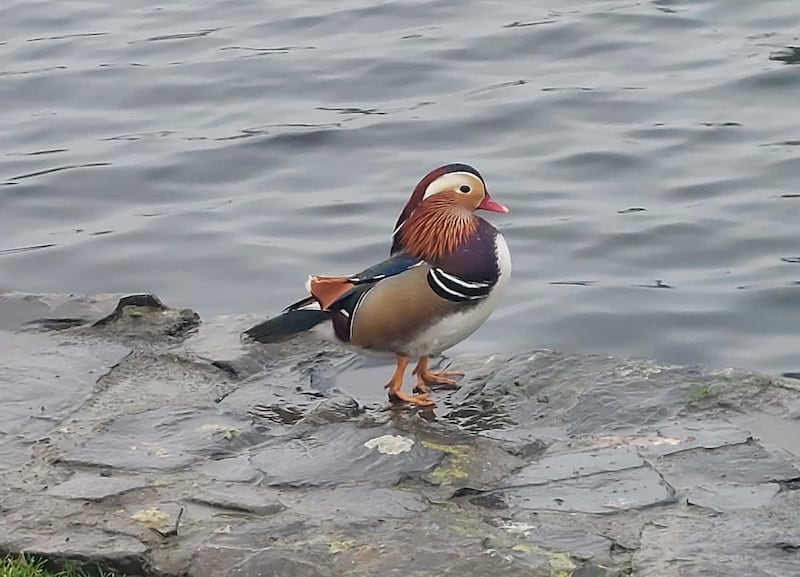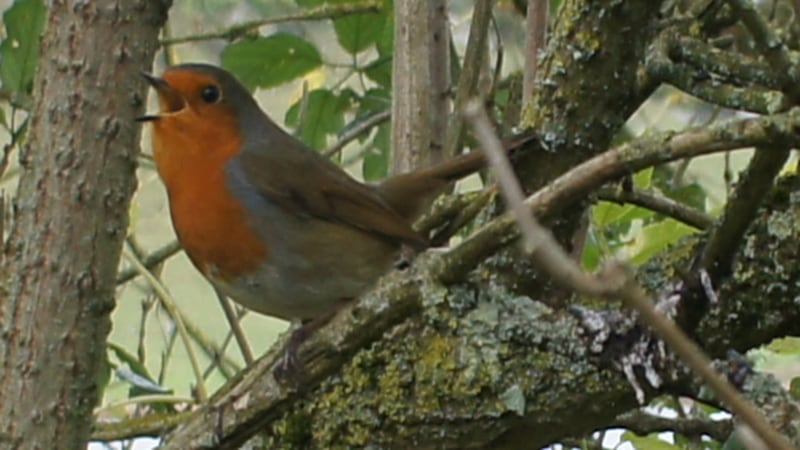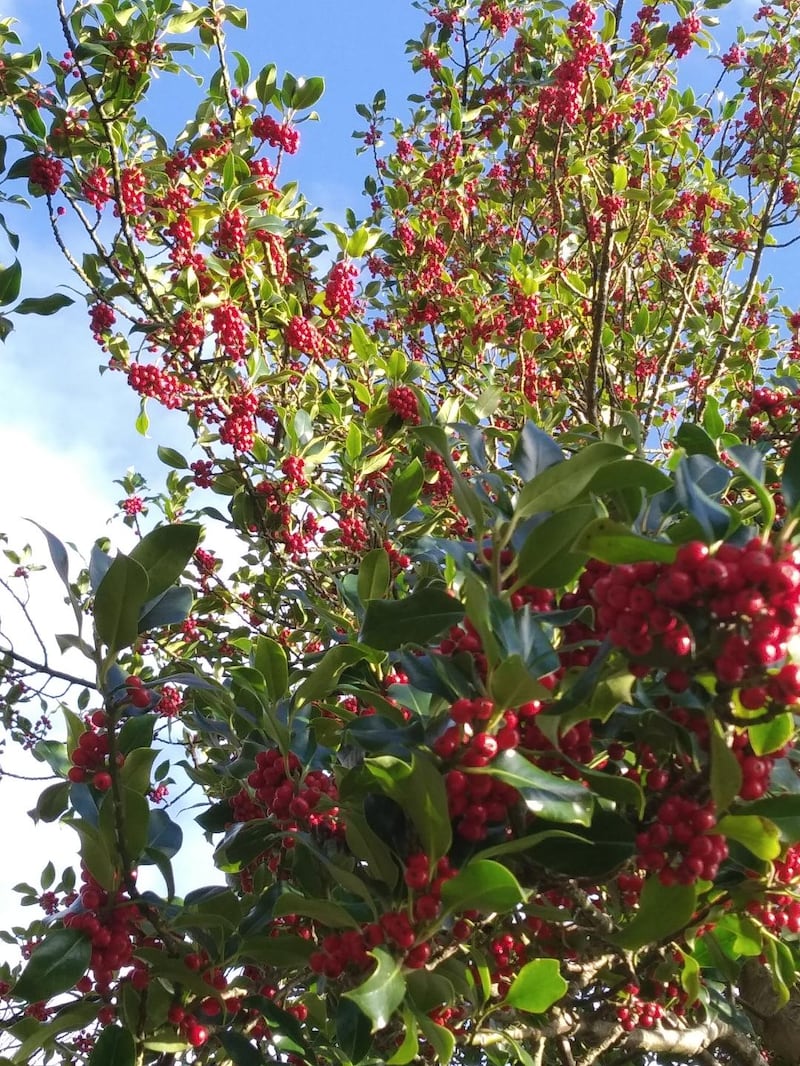What is this red mushroom, which I spotted recently on a woodland walk? I always thought these only appeared in storybooks and weren’t actually real mushrooms at all. – Walter Dwyer, Co Tipperary
This is a fly agaric and it certainly is real. It contains hallucinogenic compounds and is rightly considered a deadly poisonous mushroom. Reindeer eat it in Lapland and their herders discovered that drinking reindeer urine was a safer way of getting a hallucinogenic high. No wonder they saw flying reindeer.

We spotted this hedgehog on our way home from school. The speed he went at was a revelation to us! We always thought they were slow movers, but not this one. – Gavin Stanojevic (11), Cork
Hedgehogs have quite long legs and can travel remarkably quickly when necessary, holding their body well clear of the ground. One can travel up to 3km in a night in search of food, which is a lot of steps indeed. They go into hibernation when the temperature drops sufficiently, so there are probably some still about in Cork and Kerry in December.
RM Block

I found this stick on my knee, having been fixing a machine beside a pine tree . . . and then it moved! I took a photo and put it back on the tree. – Adam Goodwin, Co Kildare
This is the lichen form of scalloped hazel caterpillar, a common species that feeds on the leaves of a wide variety of trees, as well as on lichens. The more usual form of the caterpillar mimics a brown twig, and it clings to large twigs with one end only. This rarer lichen form develops in the final instar stage when the younger caterpillars have been feeding on lichen covered trees. It really is most excellent camouflage.

Can you identify this bird, spotted on the Royal Canal in Maynooth? – Joanne Bredin, Co Kildare
This is a male mandarin duck, which is native to eastern Russia and northern Asia. First recorded in the wild in Wexford in 1971, there is now a small but expanding Irish breeding population in Co Down. They usually nest in holes in trees. The female is a very plain dark brown bird with a grey head. This is typical in species where all the work of incubating the young is left to the female.

There is a robin singing in my garden in December – well past the breeding season. What is he up to? – Catriona Maloney, Dublin
What robins are always up to: warning off all other robins to stay away. Why they feature on Christmas cards that advocate peace and happiness is a mystery. This is not necessarily a male either. Females, which look exactly the same as males, also hold territory in winter and sing to protect it. Fights to the death can ensue if a trespassing robin doesn’t clear off quickly enough.

I have never seen the berries on our holly trees in such profusion as this year, almost resembling bunches of grapes. Are there any explanations? – David Patterson, Downpatrick, Co Down
There is a huge crop of berries on holly trees all around the country this year. Only female holly trees bear berries. Male trees will never have berries as their flowers just provide pollen. This must reach the female flowers and pollinate them, and therefore both male flowers and female flower contain nectar to bribe the bees and other insects to do the business. The weather this year was ideal. No late frosts, a warm spring which suited the insects, and plenty of rain in summer to swell the berries. They are not a sign of a hard winter to come.
Please submit your nature query, observation, or photo with a location, via irishtimes.com/eyeonnature

















